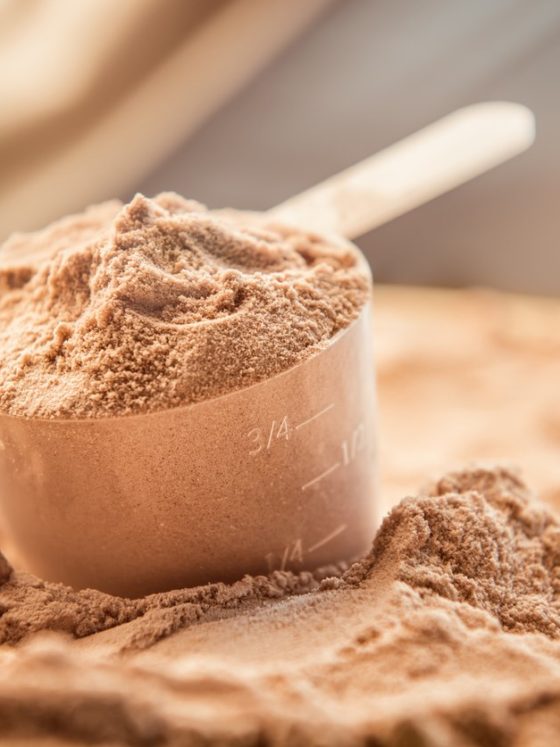The life sciences are vital to understanding human health and protecting extended life expectancy. Just one hundred years ago, we had only a fraction of the modern healthcare system we have today, without any essential treatments and drugs we depend on daily. Life sciences can include anything relating to human life, from basic biology to microbiology, physiology, and more. Having a basic understanding of the evolution of life sciences, particularly within the last 100 years, can offer insight into our modern healthcare system and the future of medicine. Here are a few critical events in the history of life sciences as outlined by a new resource from Avantor, a leader in healthcare manufacturing.
Insulin
The discovery and refinement of insulin is essential in the history of life sciences. Before 1922, diabetes was considered an incurable and untreatable disease. Researchers had established the link between diabetes and a small section of the pancreas. Scientist Frederick Banting was able to isolate hormones from this section of the pancreas and created Insulin. Once it was refined and purified, Insulin was used to treat comatose children dying of diabetes successfully. During this early period of the 1900s, many discoveries in the pharmaceuticals were essential for launching healthcare to the next level of innovation. Fighting infections, diseases, and viruses was the frontier of healthcare research, as many basics such as antibiotics were not yet available. The discovery of antibiotics and a greater understanding of the human immune system dominated this period and continues to be an essential aspect of healthcare research.
Cardiovascular Pacemaker
Advances in pharmaceuticals and drug creation are essential for improving life expectancy. However, the development of new medical devices, improved manufacturing processes, and distribution advances are necessary for creating a modern and efficient healthcare industry. Medical engineering took off in the mid-1900s with the development of new medical devices such as the first cardiovascular pacemaker. Previous pacemakers required an out-of-body hand crank to remain operational, a severe inconvenience for patients who needed the machine. The new pacemaker designed in 1952 by Paul Zoll resolved this issue and made it much easier to live with an effective pacemaker. This period was just the beginning of the modern era of medical engineering, which has helped us create effective and revolutionary medical advances in bioengineering and more.
mRNA and the COVID Pandemic
The COVID-19 pandemic spread rapidly worldwide, triggering many global lockdowns and strains on healthcare systems. The use of modern tools such as artificial intelligence allowed researchers to develop a COVID vaccine at an unprecedented rate; two major vaccines were created using mRNA technology, which had previously been used to treat melanoma successfully. According to Avantor, “mRNA technology works by introducing a piece of the virus’ mRNA to the body and allowing the immune system to produce antibodies without exposing the patient to the virus itself.” The rapid development and distribution of these vaccines is a testament to the technologies and systems we have in place within the modern healthcare industry. Though the COVID pandemic revealed many challenges facing the healthcare industry, it also catalyzed many efficiencies worldwide.
These are just a few of the most critical developments in the life sciences in the last century; many more life-changing developments are outlined in the Avantor timeline resource. The history of life sciences is essential for the modern healthcare system and the advanced treatments we depend on today. Life expectancy in the US has jumped nearly 20 years since the beginning of the twentieth century. Innovations and discoveries in the life sciences will continue to help us fight disease and improve the quality of life and care for many worldwide.












